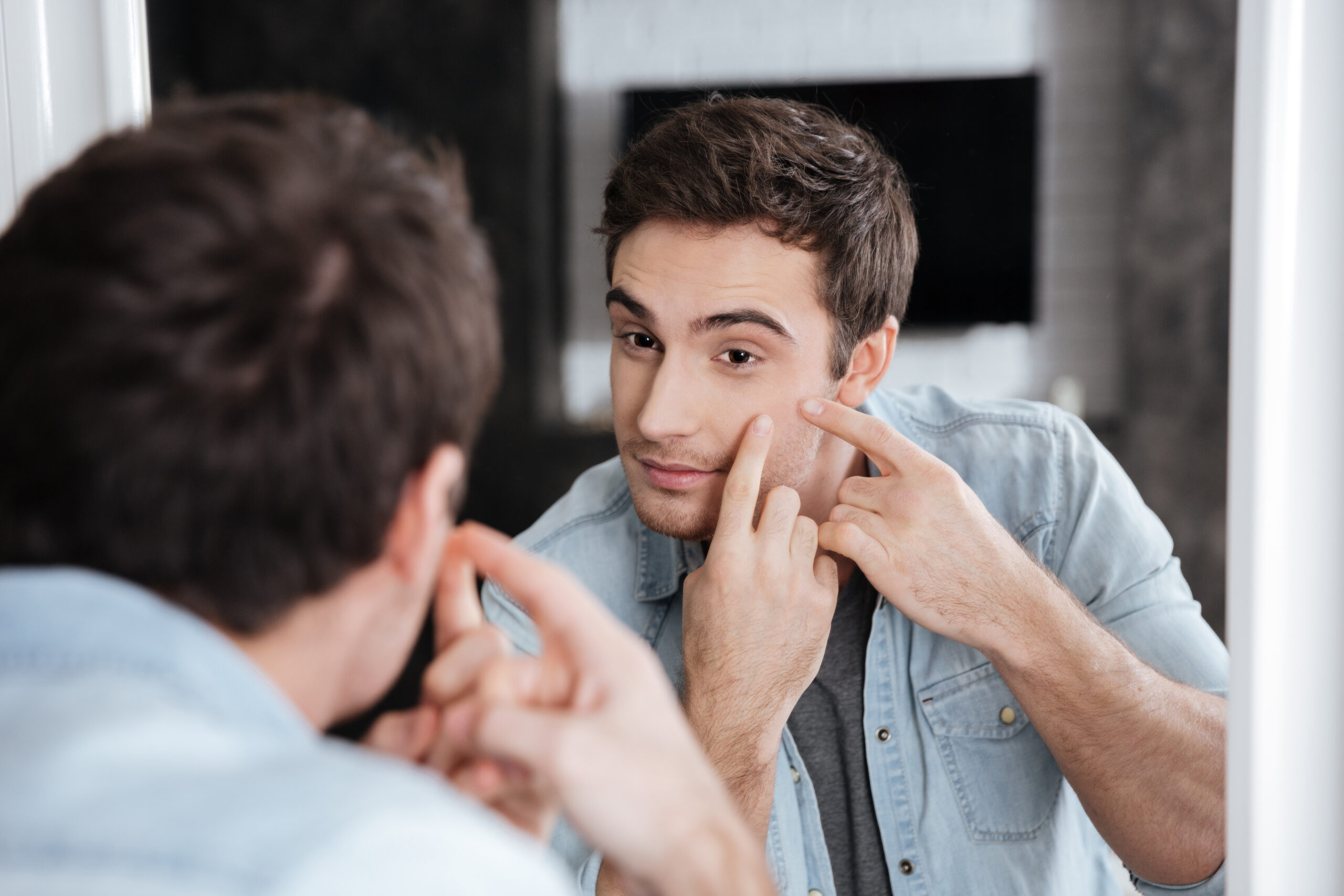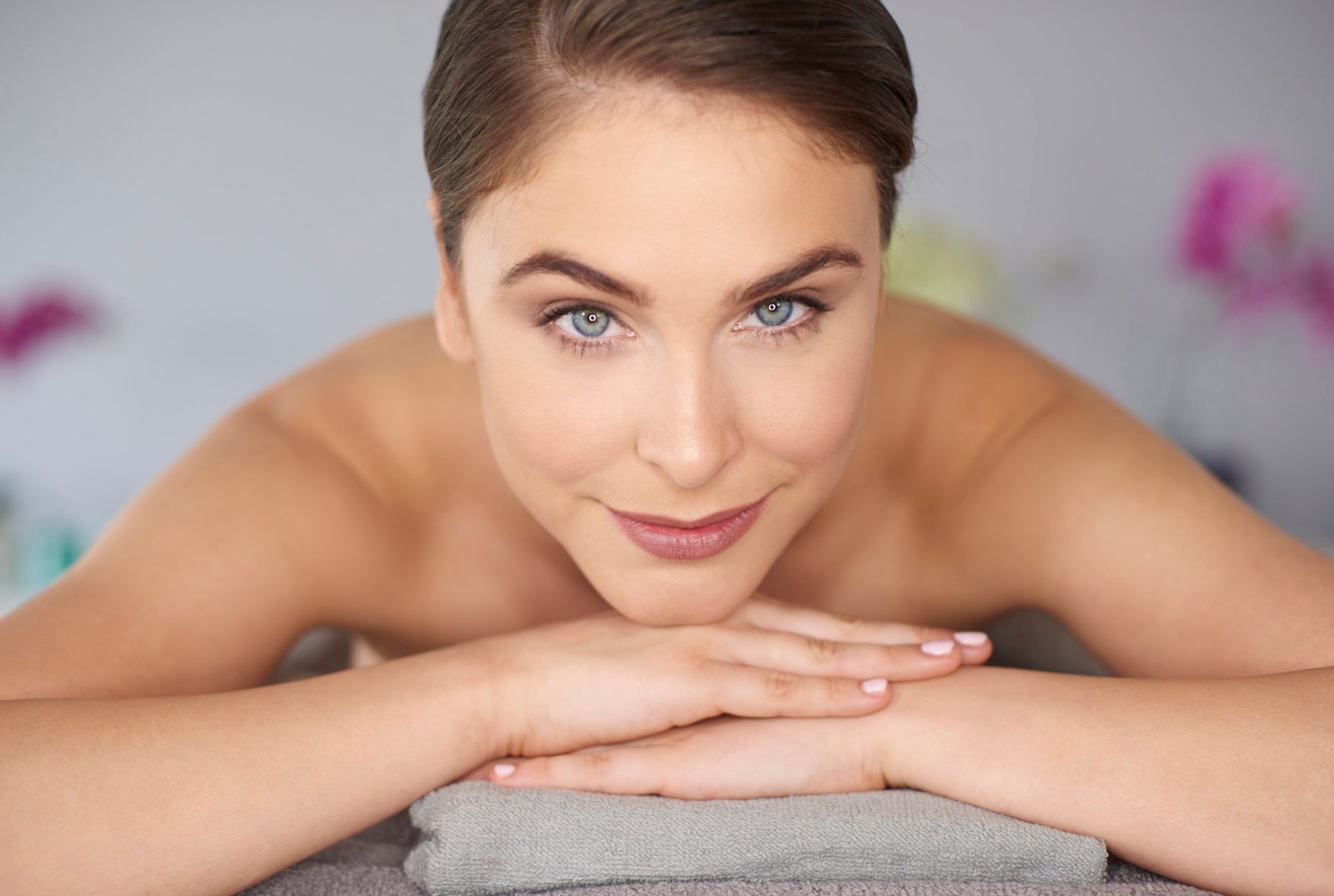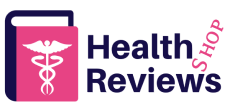Introduction to Acne vs Rosacea: Identifying the Difference and Treatment Options
If you’re struggling with blemishes or redness on your face, it can be difficult to determine whether you have acne or rosacea. While both conditions affect the skin, they require different treatment approaches. In this article, we will discuss the differences between these two skin conditions, their causes, symptoms, diagnosis, and treatment options. We will also provide prevention tips and lifestyle changes for managing them effectively.
Causes, Symptoms, and Diagnosis of Acne and Rosacea
Acne is a common skin condition that occurs when excess oil and dead skin cells clog up pores in the skin, leading to blackheads, whiteheads, pimples, and other types of lesions. It usually develops during puberty but can persist into adulthood. Hormonal imbalances, genetics, stress, poor hygiene, and certain medications can trigger acne breakouts.

Rosacea, on the other hand, is a chronic inflammatory skin disorder characterized by facial flushing, redness, swelling, and small blood vessels visible on the surface of the skin. The exact cause of rosacea is unknown, but factors such as sun exposure, alcohol consumption, spicy foods, emotional stress, and certain medical conditions like autoimmune diseases may aggravate it.
Diagnosing acne and rosacea involves examining the affected area and reviewing the patient’s medical history. A dermatologist may perform additional tests to rule out any underlying health problems.
Treatment Options for Acne and Rosacea
The treatment approach for acne varies depending on its severity. Mild cases can be managed with over-the-counter products containing benzoyl peroxide or salicylic acid. Moderate to severe cases may require prescription medication such as antibiotics, retinoids, or hormonal therapy. Additionally, procedures like laser therapy or chemical peels can improve scarring and reduce inflammation.
Rosacea treatments focus on reducing inflammation and controlling symptoms. Topical creams and gels containing metronidazole or azelaic acid are commonly used. Oral antibiotics like tetracycline or doxycycline may also be prescribed. Laser therapy and intense pulse light (IPL) treatments can help diminish redness and reduce the appearance of blood vessels.
Prevention Tips and Lifestyle Changes for Managing Acne and Rosacea

To manage acne, it’s essential to maintain good hygiene habits, including regular cleansing and avoiding touching or picking at the affected areas. Wearing noncomedogenic makeup and staying away from greasy cosmetics can also help. Sun protection is crucial since UV rays can exacerbate acne.
For rosacea sufferers, avoiding triggers like hot drinks, spicy foods, and stressful situations can help minimize flare-ups. Using sunscreen daily and wearing wide-brimmed hats can protect against sun damage. Additionally, practicing relaxation techniques like meditation or yoga can alleviate emotional stressors.
In conclusion, while acne and rosacea share some similarities, they differ in terms of causes, symptoms, and treatment options. Understanding these distinctions is critical for effective management and achieving clear, healthy skin.
